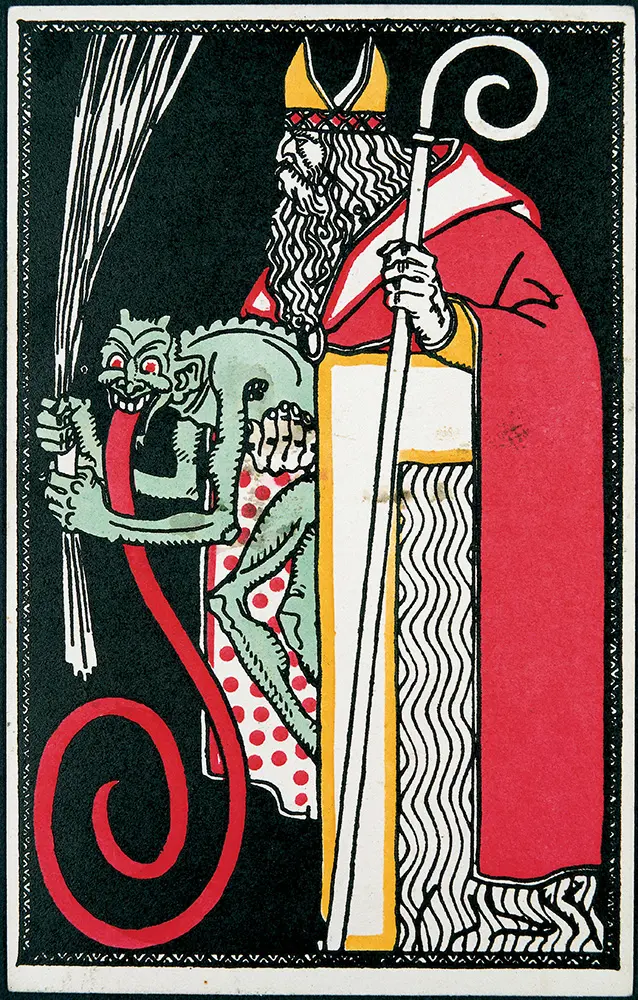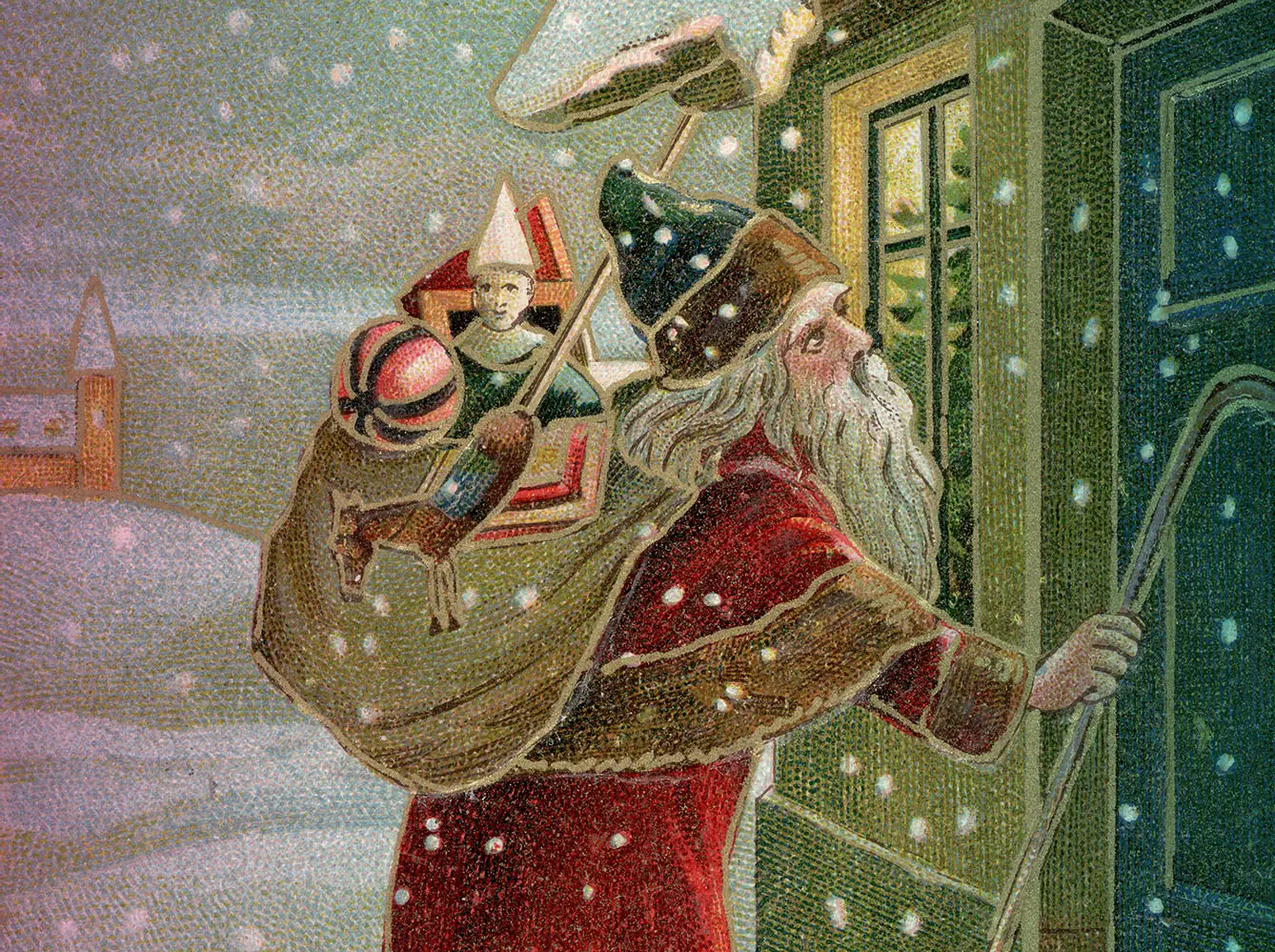
“The Night Before Christmas” redefined people’s image of this holiday, and with it came a new image of Saint Nicholas. He dropped his to-date attire and went for a more comfortable outfit, though he kept the nice red color. Employing new helpers and revamping his mode of transportation was the symbolic cherry on top.
Now kids all around the world wait for a jolly, good ol’ Santa to come and leave them gifts under the Christmas tree, occasionally having a bite of a biscuit and a sip of milk. We have become so consumed with this vision that many have forgotten about the true origin of the tradition.
The real Saint Nick
Saint Nicholas was a bishop of the Catholic Church who resided in Myra, in modern-day Turkey, at the turn of the 4th century. He was said to be helping the local people in the most gentle manner – by leaving gifts (money) on their thresholds, windows, and anywhere where he could put them to help those in need without making his generosity known. Over the years, a custom was established to continue the gift-giving tradition on the day the Catholic Church remembers this generous Saint, which is December 6.
Generally, children can expect little gifts left for them in their shoes on the day. Depending on the country, local traditions can vary slightly. In some parts of Poland, for example, children leave their nicely polished shoes in their homes. In Croatia and Bulgaria, on the other hand, they place the shoes on their window sills. In Czechia, children have to look for their presents, which may be left in stockings somewhere in their rooms. However, the tradition of polishing shoes is prevalent in the Central European countries. But that’s not where the similarities end.
Good cop, bad cop, Santa

In every country, the naughty child may find a nasty surprise in their boot, namely a stick/birch tree branches/discipline – you get the gist. Essentially they may receive a warning sign that the kind-hearted Saint does not appreciate their behavior. Saint Nicholas can travel in company. In Bulgaria, Latvia, Czechia, Croatia, Slovakia, Slovenia, and Hungary, the Saint is accompanied by a devil or a demon who is the one to leave those discipline measures for the parents (Saint Nick is way too soft for that). In Poland, he travels in the company of helping angels, if not alone.
Two countries, Bulgaria and Lithuania, celebrate the day in an exceptionally festive manner. Bulgarians hold a great feast for friends and family, with children waiting for the Saint’s visit. In Kaunas, Lithuania, there is a procession followed by an event attended by the Saint himself, where he receives the keys to the city and urges the crowds to be kind and merciful. The coins that have been tossed into the 15th-century wax smelting furnace are retrieved and divided between charities.
Classic works best
One thing worth noting is that in all those countries, Saint Nicholas tends to be the original Saint Nicholas from before his looks were altered in Moore’s poem. And just what is his traditional outfit? The one of a bishop of the Catholic Church. That’s where the red color originated from, as it is the color of the Church’s prelates. He wears the traditional miter, and often in his hand, he holds a pastoral staff – the symbol of him being the shepherd entrusted with the Lord’s flock. Traditionally, he will visit small children in schools and preschools, as well during Advent masses held that day in churches.
It is surely nice to note how this very old custom unites the countries of Central Europe. Amid the ever-progressing disregard towards traditions, especially those springing from the Christian roots of the countries, it is an element of the old world that still brings children a lot of joy and excitement and tights us all closer together, reconnecting to our common roots.







